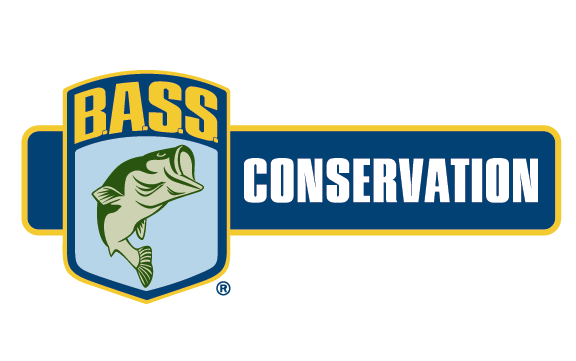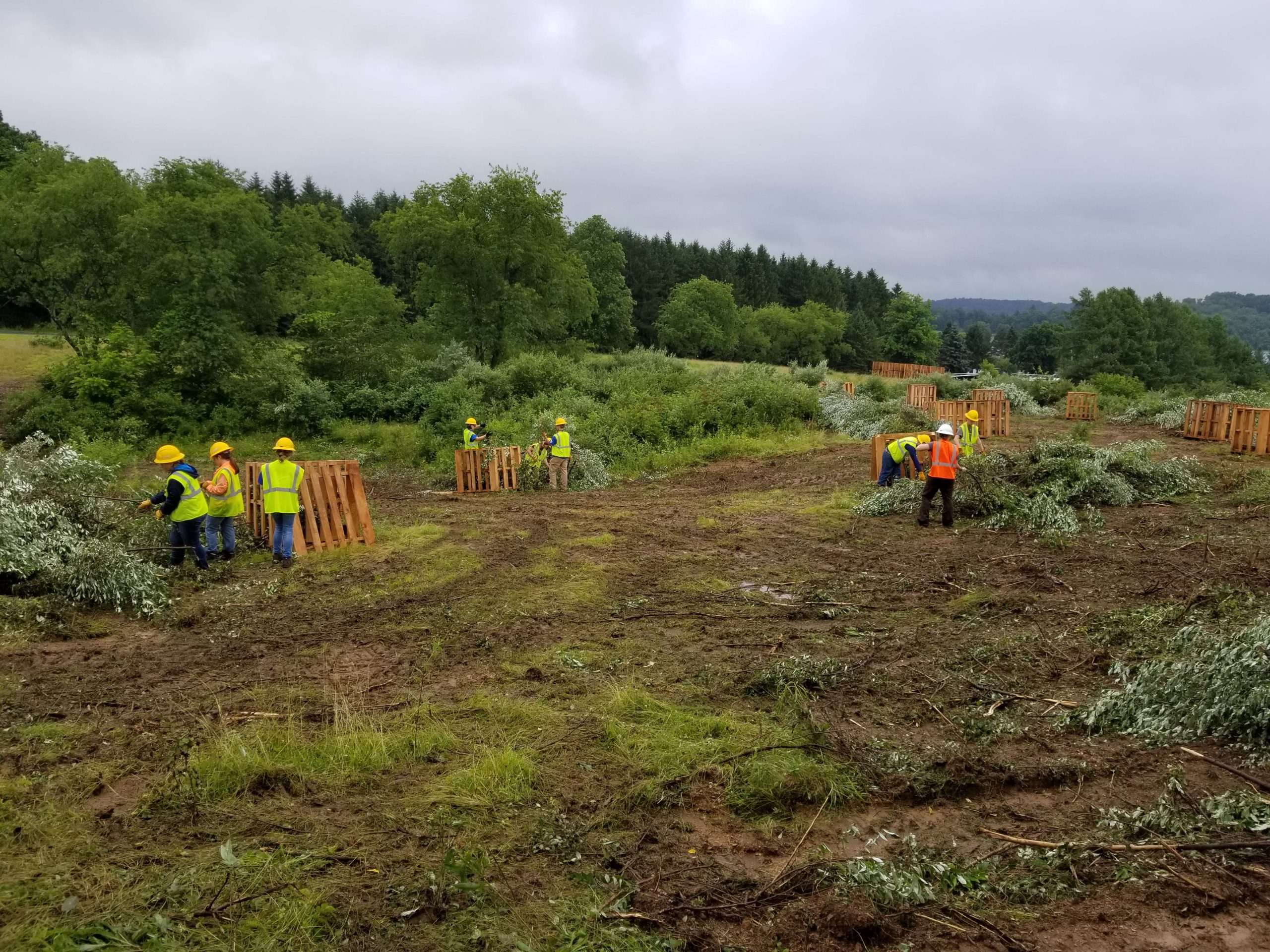
BELLEFONTE, Pa. — The Pennsylvania Fish and Boat Commission (PFBC) is looking for a few good bass clubs.
Well … actually, it’s looking for more than a few. The PFBC needs partners to help with its Cooperative Habitat Improvement Program (CHIP), an ongoing habitat enhancement project for lakes and impoundments.
“We will get a few bass anglers to help out (as volunteers), but since 2006, the number of bass clubs participating has really fallen off,” said Ben Page, PFBC’s Lake Habitat Section Chief for the Division of Habitat Management.
“It seems like there’s a real competition for time these days,” he added. “But I’d like to get more of them involved.”
Just as Eagle Scouts, lake associations, county conservation districts, state parks and others do now, participating bass clubs would serve as CHIP “cooperators,” or local partners, providing funds, labor, materials and possibly even expertise.
“Some of those lake associations are very well run, they’ve often had experience, and they do a good job of drumming up volunteers,” Page said.
A cooperating bass club can help with one of the 20 to 30 lake or reservoir projects that CHIP already conducts annually, or it can propose a new one. CHIP provides $3,000 on a 50-50 matching basis, while, depending on location, funds also are available from state parks and the Army Corps of Engineers. The U.S. Forest Service and U.S. Fish and Wildlife Service occasionally assist as well, and Ohio helps with habitat work on Pymatuning, a border impoundment.
“Some projects also get a large amount of grant money,” the section chief said, adding that the Cambria County Conservation District, as a Friends of Reservoirs member, received a $30,000 grant to help with the Glendale Lake habitat project.
Although volunteers can help with both, CHIP projects are classified as “large scale” or “volunteer scale.” More often than not, a five-year plan is developed for each.
“An average volunteer-scale fish habitat annual project may cost between $750 and $1,500,” PFBC explained. “Large-scale projects are far more expensive, averaging $10,000 to $50,000, depending upon the size and structure.”

To help with both, the program has two full-time staff, two seasonal, three trucks and four boats, including two 20-foot Boston Whalers and a rubble placement barge.
Unlike other states, Pennsylvania uses only wood and rock for its habitat enhancements.
“Both (manmade and natural) materials are effective at holding algae and fish,” Page said. “But our agency approach is to stick with the natural.”
On its website, PFBC provides blueprints for 23 types of structure to meet a variety of needs, from spawning and protecting to attracting and holding fish for anglers. Several of them have been adopted by other states.
One of the most noteworthy is the Pennsylvania Porcupine Crib, developed nearly 30 years ago. PFBC describes it as “the first habitat device designed with fish protection — not fish attraction — as an objective.”
By 1995, more than 2,000 of them had been placed in state waters.
Page described the crib as a “log cabin pyramid,” designed to give cover to young-of-the-year sport fish and baitfish. Anchored by concrete blocks, it features 22 alternating layers of hemlock logs, and it typically is placed in water 10 feet or deeper. A video showing the construction and deployment of a crib can be seen here.
In turn, the crib has inspired other creations, including the Porcupine Crib Jr., for shallower water, and the Porcupine Crib Base Jig. Yet another innovation has been a brush box, used in the Glendale project.
“We nail the boxes closed so the brush doesn’t get out,” Page said. “It deteriorates more quickly, but the boxes are long-lasting. Some of our cribs have lasted more than 30 years.”
If you’re interested in learning more about these structures, ongoing projects in Pennsylvania waters, and/or the CHIP program, check out these links: Habitat Improvement and PFBC Cooperative Fish Habitat Management Programs for Lakes: What You Need to Know.
“I really would like to see more bass clubs involved,” Page said. “We have a lot of fun and we make a lot of good partners and friends.”





